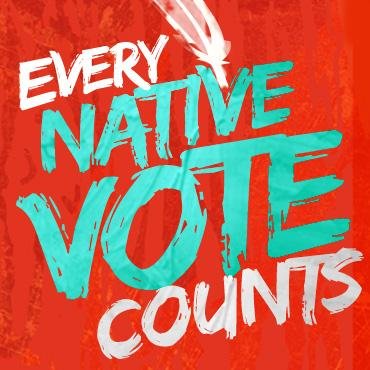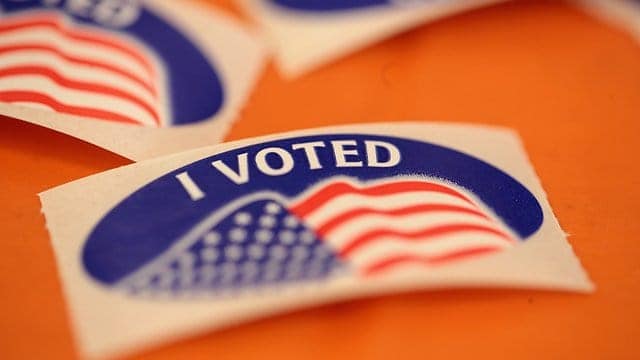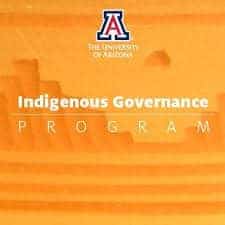Indian Council Voting: No Surprises Here
Does it surprise you to learn that more than 570 sovereign nations exist within the borders of the United States? More than 220 exist in Alaska alone.
True Indian Nations
What many people don’t fully realize when they hear names like “Navaho Nation” or “Cherokee Nation” – is that these really are nations unto themselves. They have their own constitutions in many cases; they have their own leaders; they hold elections and their citizens and councils vote on matters that affect the well-being of their nations.
What may come as an even greater surprise is that the civil structures within these nations are often very similar to the civil structures know in the US federal/state/local paradigm. Many of these nations have an elected chief executive; they have councils that manage the affairs of the nation. The council members themselves have regular public meetings; they sit on committees; they’re intimately familiar with Roberts Rules of Order.


Origins of Indigenous Governance
On the one hand, this really shouldn’t be surprising. It is said that the model of colonial governance that Benjamin Franklin presented at the Albany Conference in 1754 was influenced by (if not modelled on) the constitution of the Iroquois Confederacy, which had bound the Mohawk, Oneida, Onondaga, Cayuga, and Seneca nations since around 1100.
Today’s councils vote in the manner you’d imagine. Small councils have voice votes or vote by show of hands. Larger councils vote by show of hands, roll-call votes, even electronic voting systems. In most councils, except for issues relating to personnel and other sensitive matters, voting takes place in public, and transparency is ensured through the publication of council decisions in minutes, in local papers, even online.
Indigenous Governance Education Initiatives
Despite a long history of council voting, none of these nations are taking the vote for granted. There are active efforts underway, through initiatives like the Indigenous Governance Program (IGP) at the University of Arizona to promote a deeper understanding of indigenous governance and rights. The National Council of American Indians has developed its Partnership for Tribal Governance (PTG) program to “increase, enhance, organize, and make accessible the resources necessary to support tribes’ efforts to strengthen their governance systems.”
Voting isn’t new among the citizens, councils, and Indian Nations of North American. For many, it’s a time-honored custom that long predates the America in North America.


